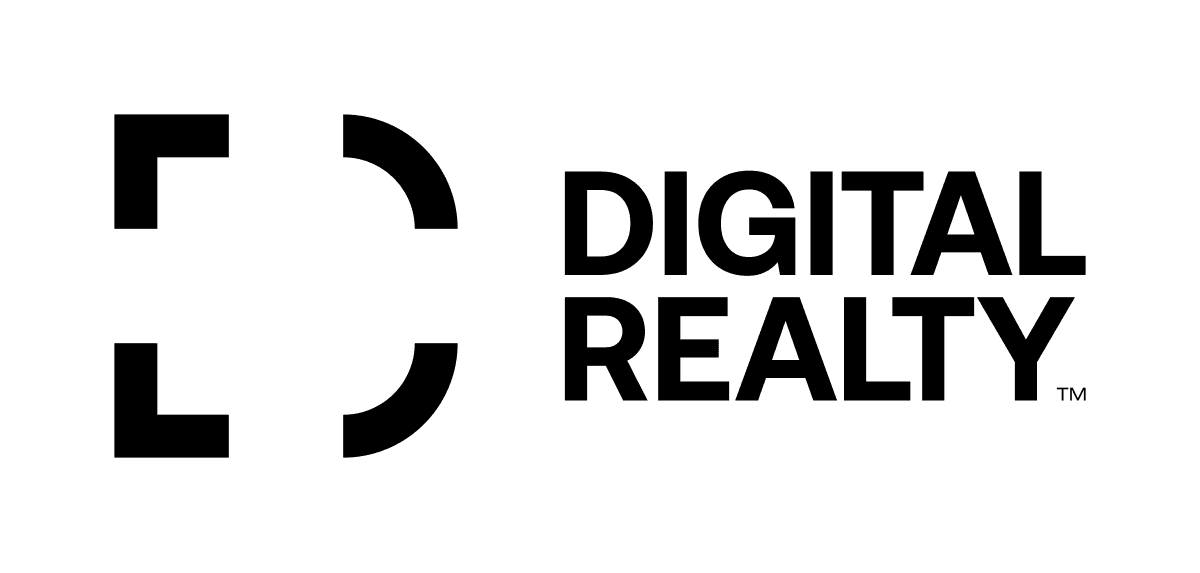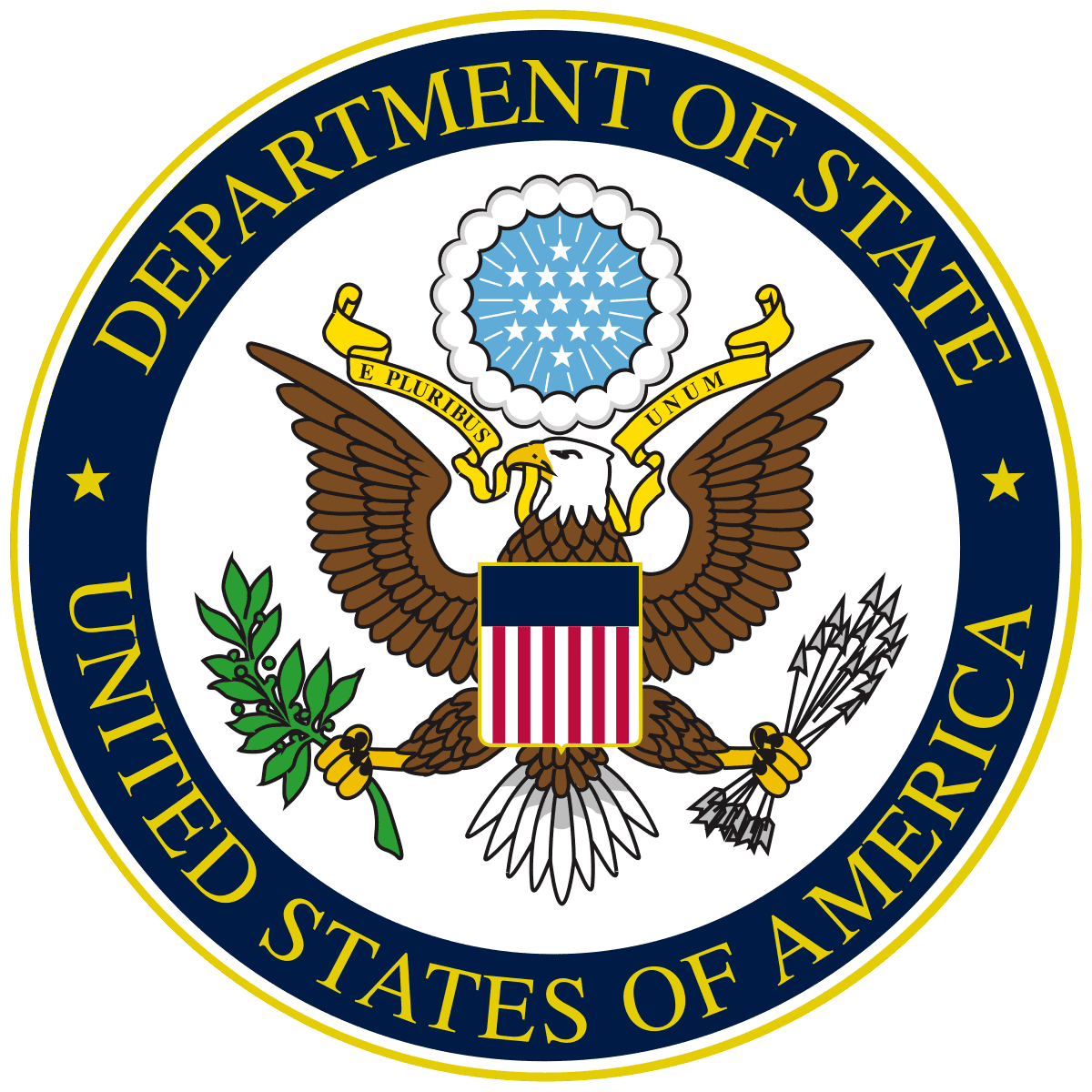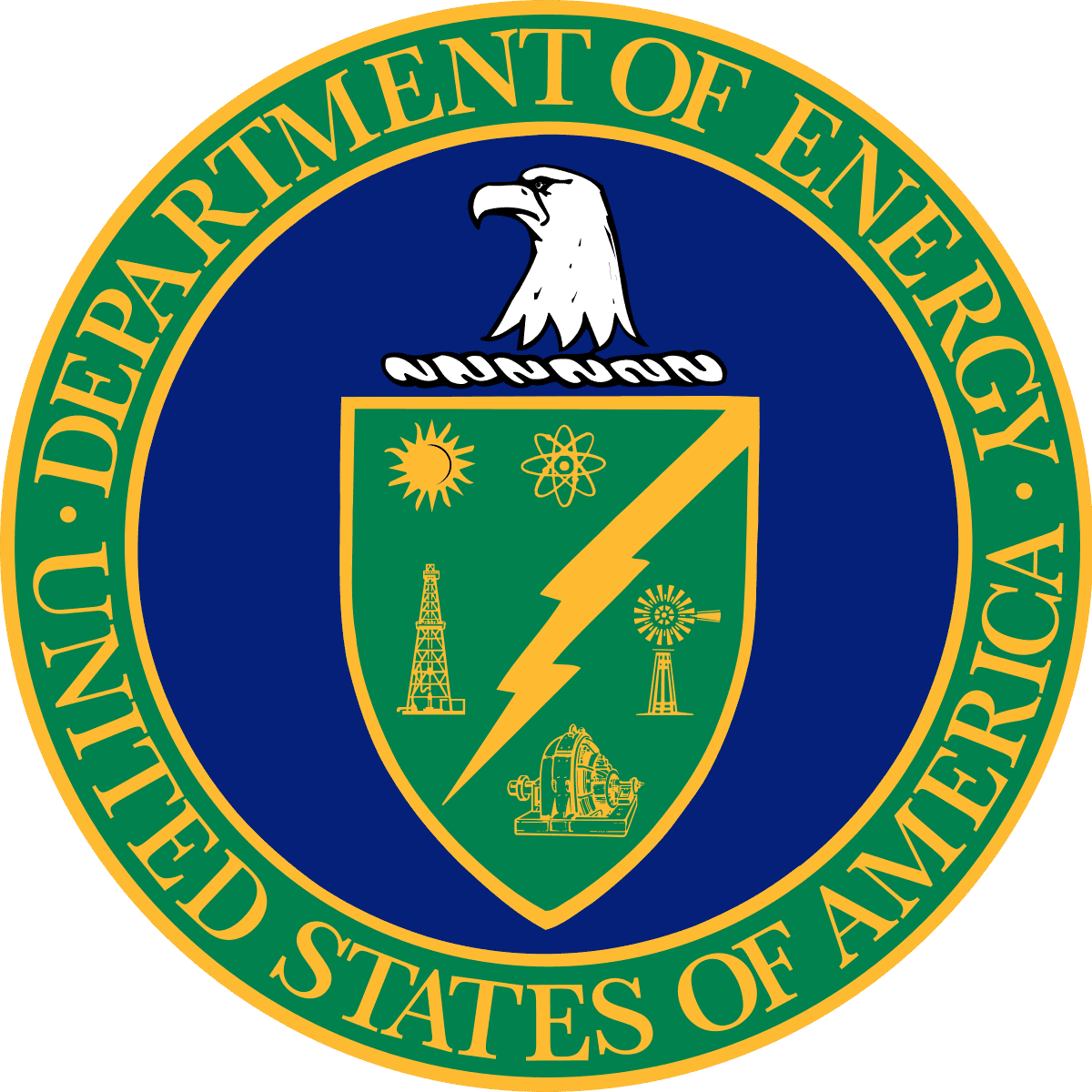
5 Apr 2023
The Future of Wind Power in South Africa
Posted with permission from ESG Impact Zone.
By Janek Winand, Managing Director for South Africa, Siemens Gamesa
There is no doubt that the South African power generation crisis is a tremendous challenge for the country and is endangering the country's economy as a whole. As President Ramaphosa expressed in his speech, the trickle-down consequences of a delayed response in addressing these challenges will be dire for businesses, jobs and livelihoods.
As the second biggest economy in Sub-Saharan Africa, South Africa has been restricted for years in its development by constant power cuts, lasting hours at a time, undermining people's ability to develop their lives, businesses to grow and services to function. However, the worsening of this situation over the past 12 months has made the situation unsustainable.
Wind currently represents the best response to address the blackouts that are crippling the nation and mitigate the risk of a grid collapse. With the right incentives and policies, renewable energy sources, particularly wind power, could rapidly help to resolve some of the country's most challenging energy problems.
By investing in dispatchable power, grid expansion, grid stabilizers, and energy storage, South Africa will create a resilient foundation for clean energy expansion. These efforts will contribute to faster development and integration of new power generation plants into the national grid while addressing issues with the integration of intermittent power sources like solar and wind, while contributing to a reduction of the country's dependence on coal-fired power generation, representing today still more than 80%.
South Africa is endowed with tremendous potential for wind power generation, which is now the most economically competitive form of generation in the country, alongside photovoltaic solar power. Furthermore, it is the fastest to deploy.
A wind project today, takes, from contract signed to production, just 24 months, compared to several years or even decades that nuclear or fossil-fuel power plants take to plan and develop, and at a fraction of the cost, and with much more flexibility. This technology is also consistently becoming more competitive.
Siemens Gamesa has, in recent years, built 855 MW of onshore wind power in South Africa installing wind turbines with a maximum power output of 2,3 MW per unit. In our experience, wind power projects in South Africa have had a tremendously positive impact not only in generating low-cost electricity to the grid.
In terms of funding, the willingness to invest is already there. South African banks have sufficient funds to invest in renewable energies and are also very motivated to do so. All that is needed is the political will to move forward. The announcement of Bid Window 7 is very welcome news, as well as the private Power Purchase Agreement (PPA) market picking up after the licensing cap has been lifted, but more needs to be done.
Photo from Siemens Gamesa.
Follow us on social media:


.d57b427b.png&w=3840&q=75)

















